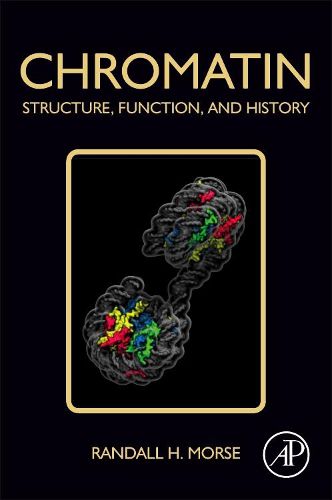Readings Newsletter
Become a Readings Member to make your shopping experience even easier.
Sign in or sign up for free!
You’re not far away from qualifying for FREE standard shipping within Australia
You’ve qualified for FREE standard shipping within Australia
The cart is loading…






Chromatin: Structure, Function, and History brings the reader up to date on the remarkable progress made in chromatin research over the course of the past 50 years. Coverage includes the basics of chromatin biology, beginning with the discoveries that culminated in the recognition of the nucleosome as the basic subunit of chromatin. Chromatin folding, nucleosome positioning, and histone variants are discussed, as well as research on chromatin modifications and remodeling, which exploded in the early to mid-1990s and led to widespread interest in epigenetics. Considerable attention is given to methods and experiments that led to key insights, and recent developments such as the use of genome-wide approaches and innovations in imaging approaches are also emphasized. By providing historical background together with detailed discussion of contemporary studies, the book aims to instill in the reader an appreciation not only of our current knowledge of chromatin structure and function, but also of the remarkable path that has taken chromatin to the forefront of modern research.
$9.00 standard shipping within Australia
FREE standard shipping within Australia for orders over $100.00
Express & International shipping calculated at checkout
Chromatin: Structure, Function, and History brings the reader up to date on the remarkable progress made in chromatin research over the course of the past 50 years. Coverage includes the basics of chromatin biology, beginning with the discoveries that culminated in the recognition of the nucleosome as the basic subunit of chromatin. Chromatin folding, nucleosome positioning, and histone variants are discussed, as well as research on chromatin modifications and remodeling, which exploded in the early to mid-1990s and led to widespread interest in epigenetics. Considerable attention is given to methods and experiments that led to key insights, and recent developments such as the use of genome-wide approaches and innovations in imaging approaches are also emphasized. By providing historical background together with detailed discussion of contemporary studies, the book aims to instill in the reader an appreciation not only of our current knowledge of chromatin structure and function, but also of the remarkable path that has taken chromatin to the forefront of modern research.